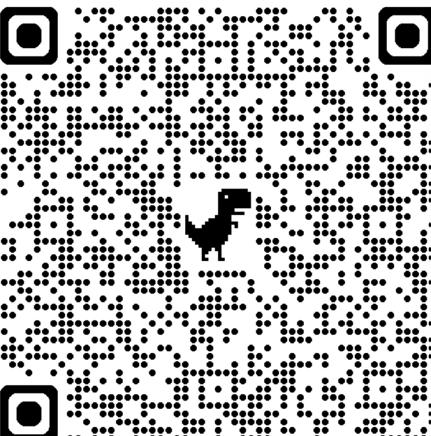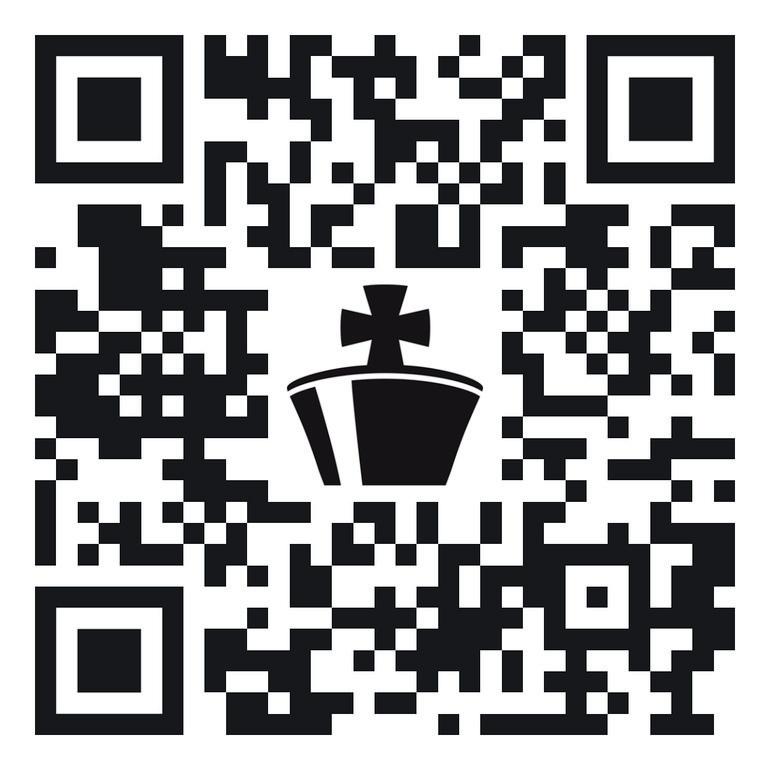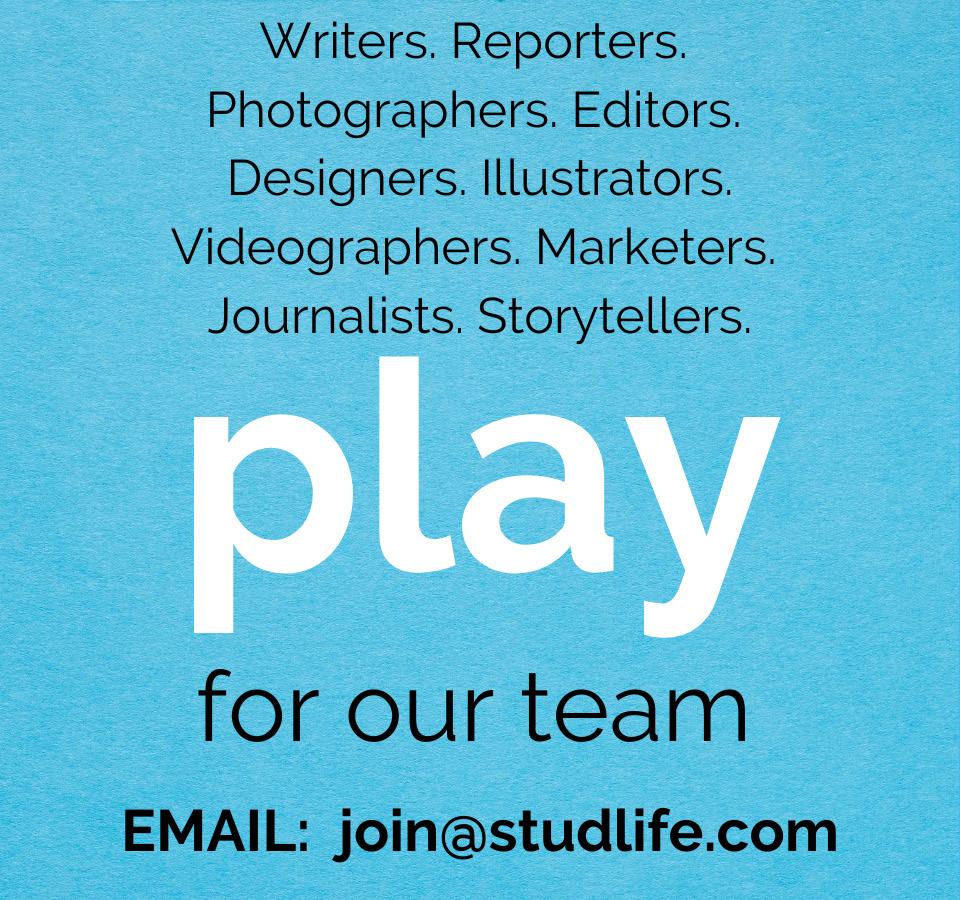Students establish first-ever WashU NAACP chapter
After a year of development from student organizers, WashU will have its own chapter of the National Association for the Advancement of Colored People (NAACP). This development comes after decreased Black-student enrollment this year following the Supreme Court’s decision to end affirmative action.
The new chapter will be housed under the department of African and African American Studies (AFAS) as an external group, after its founders experienced complications getting approved as an official student group. Sophomore Precious Barry, President and founder, initially tried to make the organization a student club under Student Union (SU), but due to issues with review by Campus Life, shifted to housing the group as part of AFAS.
With over 2,200 chapters across the country, the NAACP is the nation’s largest civil rights organization, and has been at the forefront of battling racial discrimination, political disenfranchisement, and educational inequality for over a century.
Barry said her motivation for starting the chapter came from her work in the St. Louis County NAACP chapter and her desire to promote civic engagement at WashU. She wants to create more spaces on campus that support students of color who are struggling with their sense of belonging.
“Being a St. Louis native, coming from a provisionally Black school district to a provisionally white institution, you deal with that feeling of not feeling like you belong,” Barry said.
Barry mentioned that joining the Association of Black Students (ABS) helped her combat some of the imposter syndrome she experienced at the beginning of her time at WashU. In turn, she hopes the new NAACP chapter will be another
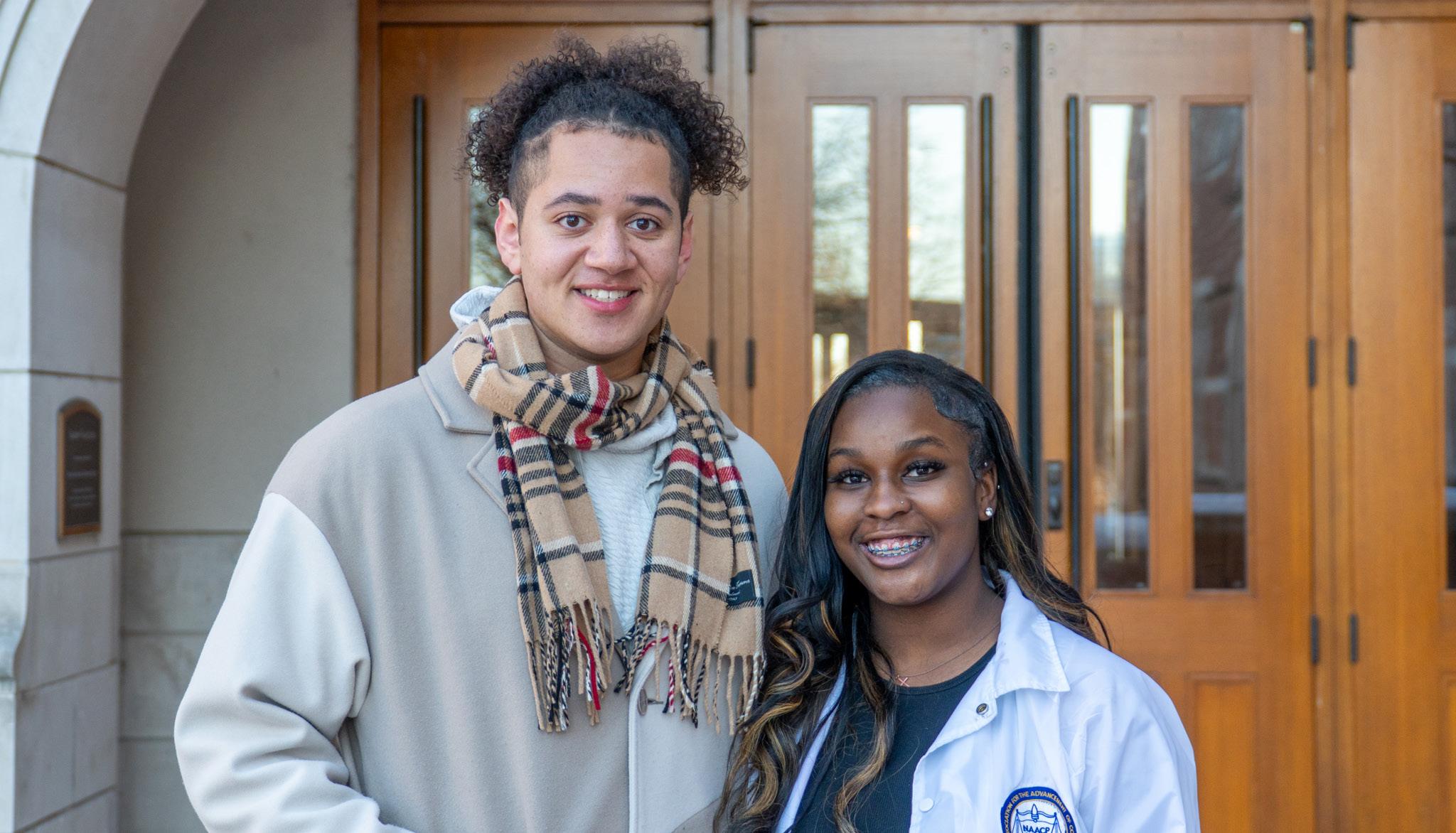
space where students are able to exist as their full selves and advocate for necessary change, regardless of their background or political affiliation.
Barry said ABS and the NAACP chapter plan to collaborate frequently, as both organizations do similar work.
Sophomore Spencer Snipe, ABS President, said he was excited about the establishment of the NAACP chapter because of what differentiates it from other multicultural organizations.
“We have so many Black orgs on campus, but the NAACP is very good because it’s mainly civically minded,” Snipe said. “The primary goal is to be engaged in the community, and be engaged in government affairs.”
Barry expressed similar sentiments about the work of the NAACP chapter, pointing to different ways in which the club wants to help members learn about government.
“We want to make sure that students have the opportunity to meet elected officials [during] our events, get engaged by being in Saint Louis, so [that] they get to see who’s in the
community, get to explore, and continue to be a part of the process by being civically engaged,” Barry said.
She also said the NAACP will focus heavily on voter engagement and empowering student leadership.
Gabrielle Weeden — faculty advisor for the NAACP chapter and Community & Program Coordinator for the AFAS department — said this is the first time the department has ever housed an external organization.
Currently, the chapter is unrecognized by SU, because groups must be approved by Campus Life before being voted on by the Activities Committee. As a result, the chapter does not have access to WashU buildings for meetings and cannot appeal for funds from SU Treasury.
Barry said that the NAACP has its own constitution that individual chapters follow, which was in conflict with Campus Life requirements. She did not feel comfortable making any changes to the document the NAACP provided her.
“Even changing a bylaw or a word in the NAACP constitution in my
opinion is silencing the voices of all members— that’s changing a foundational and powerful document. Which would lessen our impact as an organization,” she said.
Barry hopes that Campus Life, SU, and the NAACP can find a way to compromise with the constitutional conflict and [that] the NAACP chapter can become an official student group, like NAACP chapters at universities nationwide.
Sophomore Varun Vadhera, SU Activities Committee Chair, reiterated that the committee never reviewed the NAACP for approval because the NAACP never got past the review stage by Campus Life.
“If the group is able to provide a constitution that makes it past the initial screening by Campus [Life], the SU Activities Committee would be more than happy to review their application for SU recognition during the next review cycle,” Vadhera said.
Looking to the future, Barry said that she is excited for the important work that the chapter has ahead.
“I’m a Native student on Native land”: Students and faculty grapple with limited undergraduate resources, scholarships on campus
When junior Marissa Mathieson, a Diné student at WashU, arrived on campus, she was frustrated to find how little support there is for Native American students such as herself.
“I was disheartened and disappointed,” Mathieson said.
“Something I was looking at when I was applying to schools was how strong the Native communities were. When I came to WashU, I found that the current state of Native support here was appalling, to say the least.”
Mathieson said she was frustrated by WashU’s lack of an undergraduate Native affinity group on campus, courses about Native American Studies (NAS), and professors in ArtSci specializing in Native Studies.
St. Louis is important to Native history, as it stands on top of what used to be the city of CahokiSG: one of the largest, most technologically advanced, and complex societies in the world. Native Americans in Cahokia flourished from about 1050 to 1350.
Since there are not many opportunities to visit Cahokia, a place that carries significant weight in terms of its artistic and sociocultural merit, many students do not even know St. Louis is built upon it. At WashU, it has historically been difficult to find a class that looks at the peoples and cultures that have existed there.
According to the Association on American Indian Affairs, as of
2019, there are 220 universities that offer a major, minor, or certificate in NAS in the U.S. Nationally, there are 2,982 higher-education institutions, meaning that only 5.5% of universities have NAS programs.
Peer institutions of WashU — like Tufts University, Cornell University, and New York University — all have NAS programs. Southern Illinois University Edwardsville has the only NAS program in the greater St. Louis region.
The Native population at WashU is small, at 0.1%. This figure is similar to universities like Tufts and Cornell, in part because of histories of oppression that have led to poverty rates and gaps in pre-college preparation for Native communities. And, partly owing to the fact that there is no NAS program or department at WashU, there are few resources on campus for Native students.
In an op-ed published by Student Life in spring of 2024, Mathieson and senior Taryn Dixon — a Choctaw and Chickasaw student — argued that Native students need more support at WashU. In fall of 2024, Dixon and Mathieson wrote a 70-page proposal for a Native Studies class that they were in, which outlines three main recommendations: that WashU create an NAS department, that WashU perform a cluster hire of NAS scholars, and that WashU prioritize Nativestudent support and retention.
Senior Cecilia Burke, who transferred to WashU from Columbia University her sophomore year, was shocked at how little support Native
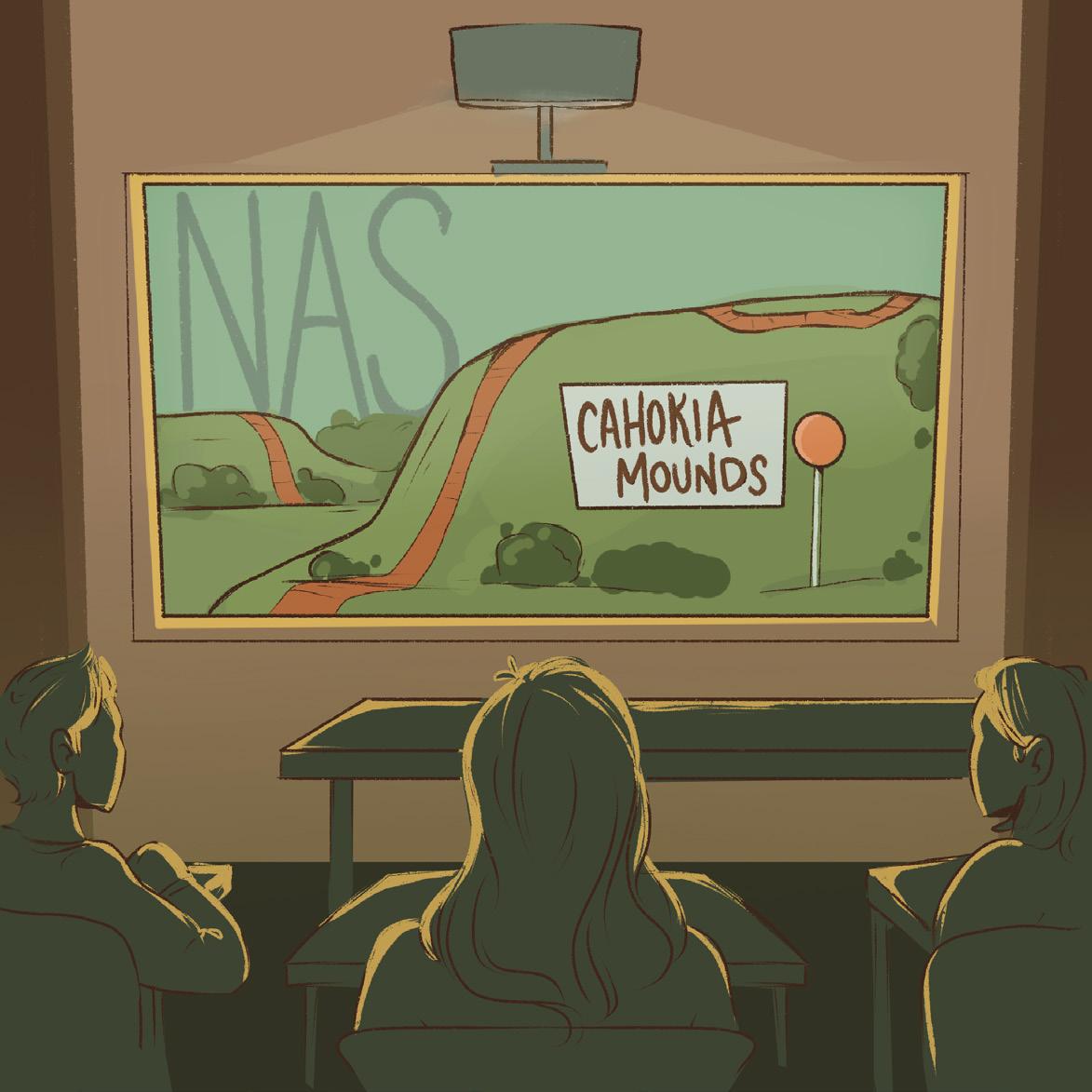
students have at WashU.
“[Native students] don’t even have a dorm,” Burke said. “I went to Columbia for my freshman year, and [they have] Indigehouse, a themed living community. I had a friend who decided to live in Indigehouse his sophomore year, and it changed his entire perspective.”
Research has shown that when underrepresented students have the opportunity to critically study their own past and history, those students feel more appreciated and seen.
This semester, there are six classes offered at WashU that center around Native Americans.
Newly-elected SU leadership outline budget and advocacy goals
TANVI GORRE NEWS EDITOR
Student Union’s (SU) Senate and Treasury leadership for this calendar year were elected in an internal election on Dec. 4. Student Life spoke to the Senate and Treasury’s eight new leaders to hear about their goals for the semester, with many members focusing on changing the budgeting, appeals, and correspondence procedure and addressing student concerns regarding academic resource accessibility, alcohol and substance abuse awareness, student health, and relationships with University leadership.
Treasury
Junior Aryan Pradhan, the newly-elected Speaker of Treasury now in his second year in Treasury, hopes to maintain strong funding for culture groups on campus.
“Cultural groups are now our second most funded organization group and I want to continue that trend [of] giving more funding to culture groups [and] affinity groups because they serve the widest body of populations,” Pradhan said. Pradhan also plans to expedite the appeals process. Appeals occur when Treasury allocates funds to SU-recognized Category I groups for unexpected expenses, and the process has historically required clubs to meet with a Treasury Representative to undergo a 10 to 16 day-long process of discussing budget needs.
Pradhan said the long turnaround time for appeals has created scheduling issues, for sports clubs in particular.
“We have run into issues this past semester with especially sports clubs where they want to go to Nationals, but they don’t know if they’ll qualify until a week before, but they’re appealing to Treasury three weeks in advance,” Pradhan said.
In the past, clubs have used “placeholder submissions” to avoid this issue, by listing events or programming in their yearly allocated budgets even though they might not happen, in part because of long wait times.
This upcoming semester, Treasury appeals will use a more comprehensive form initially instead of having Treasury Representatives meet with clubs, which will reduce the turnover to just two days, according to Pradhan.
Annual budgets that list events that might not happen lead to more money being allocated than a club is using, which some members of SU leadership said was the cause of this year’s diminishing appeals budget.
Retrieving this money can take months, as Treasury has to wait until after the scheduled date of the event to recoup the funds.
Cornell, on the other hand, is offering 10 NAS courses this semester. Southern Illinois University Edwardsville consistently offers 15 courses that fulfill the minor in NAS, of which they are offering seven this spring.
Paige McGinley, Director of the American Culture Studies (AMCS) Program, said that when she stepped into her current role in 2022, one of her priorities was to align the program with other American Studies programs that have strong NAS offerings.
“We just had our retrievals come back, and we retrieved about $100,000 which is honestly less than I was hoping for; that may not last us until the end of the year,” Pradhan said. “We will continue to do more retrievals, which will help replenish the appeals pot.”
Read the rest online!
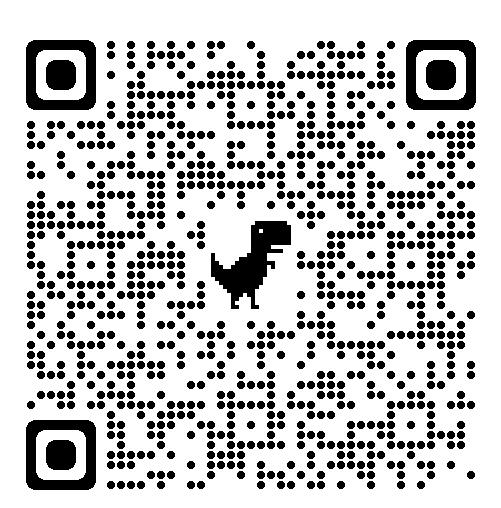
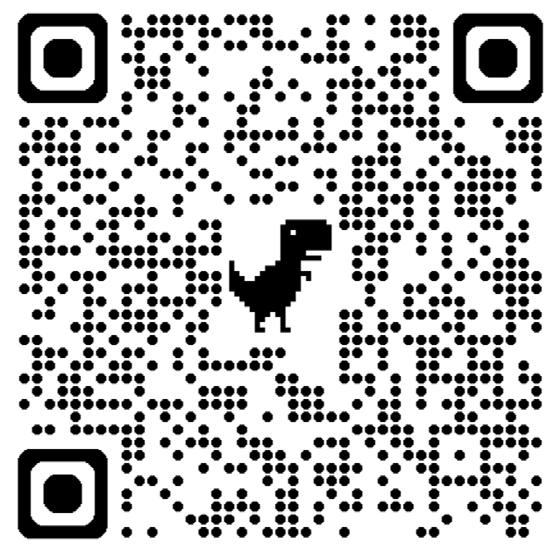
A team sport: How newly-hired Dean Sandro Galea sees the future of public health at WashU
The new Dean of Public Health, Dr. Sandro Galea, sat down with Student Life editors Lily Taylor and Zach Trabitz.
Dr. Galea is a population health scientist, physician, and author. He is the inaugural Margaret C. Ryan Dean of the School of Public Health and the Eugene S. and Constance Kahn Distinguished Professor in Public Health at Washington University in St. Louis. He was born in Malta and got his medical degree from the University of Toronto before working in Somalia for Doctors Without Borders, which inspired him to switch careers and dive into the world of public health.
On Jan. 29, Dr. Galea will be giving a talk titled “Why health? Reimagining what we think about when we think about health” as part of WashU’s Assembly Series.
The School of Public Health, which will launch in 2026, aims to improve research, access, and information dissemination in health areas such as environmental health and systemic inequality.
STUDENT LIFE: What are you excited about in your new role at WashU?
SANDRO GALEA: This [school] is an outstanding opportunity for WashU and for the world. Public health can be transformative to the
NATIVE
from page 1
“You cannot, to my mind, have a program in American Studies that does not include Native and Indigenous Studies. That’s intellectually bankrupt,” McGinley said.
Balraj Gill, Native Studies postdoctoral fellow, wants to help students understand how to situate St. Louis in Native history through her class “Place, Space, and Power: Indigenous St. Louis.”
“What I appreciate about NAS [is that] there’s a real emphasis on situating yourself in a place, and understanding the dynamics of that place and space,” Gill said.
The majority of NAS classes at WashU are offered through the AMCS program, which poses a number of issues.
Erin Lewis, Manager of Dean’s Office Operations, said that, unlike departments, most programs — such as AMCS — are unable to hire tenure-track faculty, though there are some exceptions. McGinley said that in order for AMCS to hire tenure-track faculty, they would have to partner with an academic department. The other main difference between departments and programs is that departments can grant PhDs and programs cannot.
And for hiring faculty in NAS, it is hard to only hire one new faculty member when developing a burgeoning program.
McGinley explained that the AMCS program is allowed to hire two postdoctoral fellows for two years each, and the program aims to have both fellows specialize in NAS. Gill is one such fellow.
Sabnam Ghosh, Lecturer
world. It’s about creating conditions for people to be healthy, and, fundamentally, we all want to be healthy. We all want our loved ones to be healthy. So insofar as more of us are engaged with public health, it is good for the world. And WashU is uniquely positioned to make a real difference in public health for several reasons. It is a university with a long tradition of distinction and excellence in medicine, and public health is a natural partner [for that]. And, we are in the middle of the country, where there really isn’t engagement in public health. There’s an opportunity for local and regional impact, but also national and global. And from a personal point of view, I’ve led a big school of public health for about a decade, and I’ve learned lessons that will lend themself well to this effort. I think it’s a really interesting moment in time, a really interesting opportunity.
SL: How do you see the School of Public Health being part of WashU’s mission of “In St. Louis, For St. Louis”?
SG: The kind of school we want to build is one that does exceptional scholarship and research, that is distinctive in its education, and is committed to local and global impact. I think you begin at home, and St. Louis has a number of challenges that public health can help find answers to. We want to partner with local organizations to do work that pushes the city forward to be healthier.
in Asian American Studies (AAS), said that in order for a new program or department to be successful, the University needs to hire a network of tenure-track or already-tenured faculty who can build up a curriculum together, rather than just relying on one new hire to do a significant amount of work.
When Ghosh was hired as a teaching-track faculty member, she was also tasked with building up the recently formed AAS minor, leav-
I’m looking forward to making that engagement a core part of the school.
SL: How are you planning on tackling the skepticism you’ve seen towards public health?
SG: Because of COVID, I think, the challenge public health has is in communicating. And I think public health made a mistake of allowing itself to be seen as a blue [or Democrat] sector. I think that’s a mistake. Public health is about the health of populations, not the health of Democratic populations or Republican populations or Independent populations, but all populations. Public health needs to figure out a way to communicate across partisan lines.
SL: How do you define the role of dean for yourself?
SG: I think the dean does four things. Number one, I think the dean works with staff, faculty, and students to set direction and where we want to go. Number two, the dean is responsible for building the structures to make sure that the vision can become reality. That’s particularly so in a new school, because we’re building all these new structures. Number three is that a dean is responsible for externally representing the school, and that means both within the university, but as well as the outside world. And number four, a dean is responsible for making sure there are adequate resources to actually achieve that vision.
SL: What do you want
would be necessary in order to support an assistant professor to the point of tenure by offering mentorship. She also underscored the importance of not allowing the current lack of NAS faculty to serve as an excuse to never hire more.
“Sometimes you hear people say, ‘Well, there’s no mentors for them, so we can’t hire in that area,’ and nothing ever gets done. We don’t want to go down that road,” McGinley said.
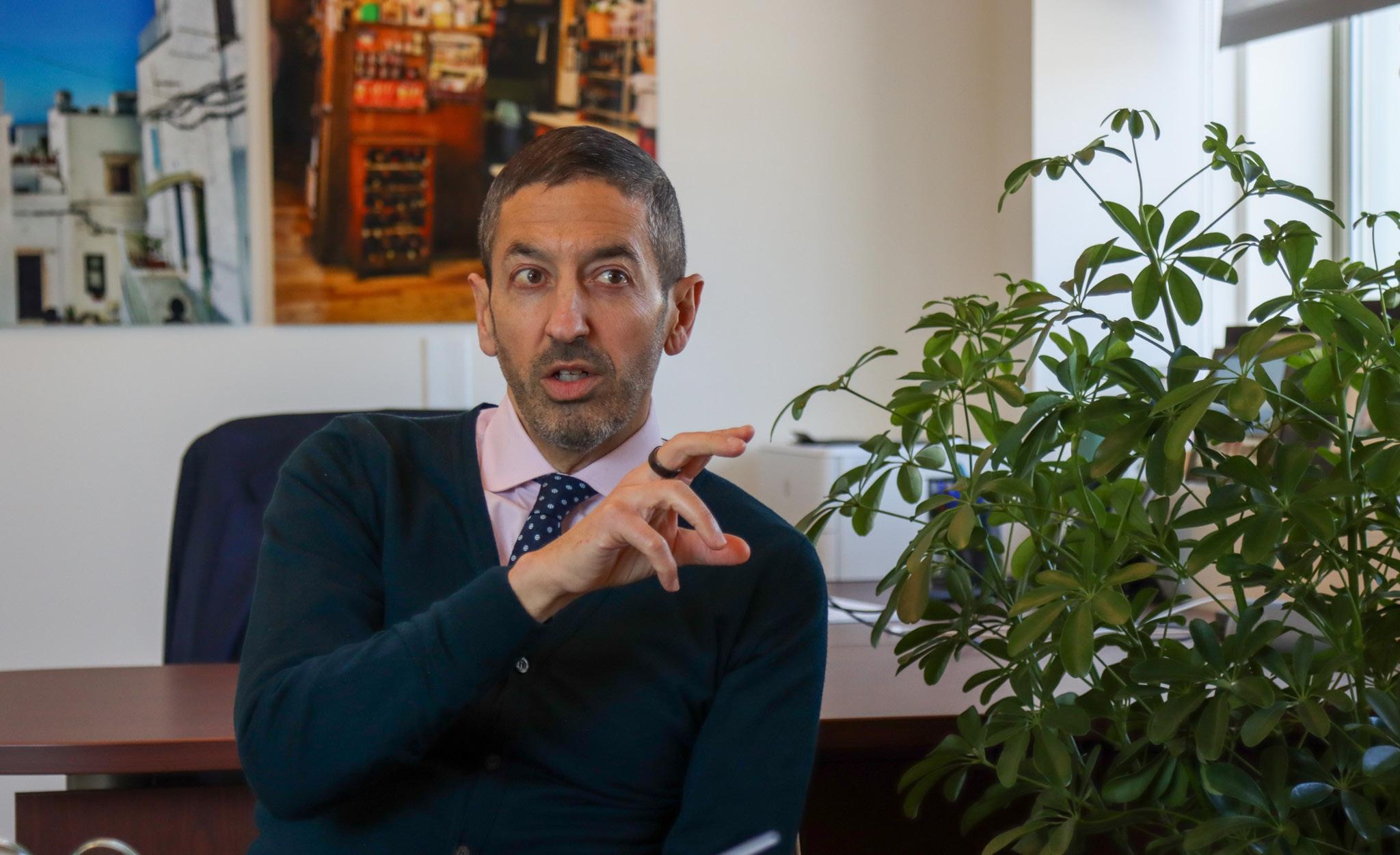
students, faculty, and community members to know about the school? How would you pitch it to an incoming student?
SG: I think what we’re doing is the most interesting thing in academic public health, in the world. I think there is no other university of this caliber, commitment, scholarship and research to create an exceptional School of Public Health in the US or globally. I would invite students who are attracted by that to join us in being part of something that’s starting off, [instead of] a place where things have been done a certain way for 20 years. There will be challenges, but also enormous opportunities.
SL: How will you take advantage of WashU’s emphasis on interdisciplinary studies?
SG: We are building at the heart of the school what
were hired for the Race and Ethnicity Scholarship — brings in scholars from many different disciplines that do work on a similar subject. NAS scholarship exists across different academic disciplines, such as Sociology, Art History, Environmental Studies, and more.
Rather than one department having to carry the financial weight of hiring an NAS faculty member, the University itself would perform the hires. For exam-
are called interdisciplinary research networks, and these will be structures to catalyze collaboration across disciplines. We’ll have networks around topics of global health, around food and nutrition, around dissemination, implementation, around health policy. And their role will be to cast a wide net and to encourage faculty and staff and students from across the university to engage in doing innovative, creative work. We are building a school, but we’re trying to represent and elevate the work of public health that’s done at WashU. That doesn’t mean just the work that’s done in the School Public Health. That means the work of public health done at WashU, wherever you are doing that work.
SL: How do you plan to engage with WashU’s pre-med program and Barnes-Jewish? How do you
the egg’ issue, because you have to demonstrate student demand to get some financial support to hire people to teach things. But if you don’t ever offer courses in it, you can’t stimulate demand,” Catalano said.
In a survey sent out by Student Union (SU) during the Spring 2024 semester on the creation of an NAS program, in response to a question asking, “Are you interested in taking a course related to Native American
“You cannot, to my mind, have a program in American Studies that does not include Native and Indigenous Studies. That’s intellectually bankrupt.”
ing her overwhelmed since she had to do a significant amount of extra work beyond her typical role, without a tenure-track position to support her.
“I started tracking my hours, and my hours, weekly, came to 65,” Ghosh said.
“It is very difficult for me to have a family life or spend the evening not working.”
To Ghosh, ideally, the new program would have multiple researchers in NAS that can work with each other to establish the program. Currently, four of the six NAS classes at WashU are taught by teaching-track faculty. McGinley also suggested that a tenure-track professor
If NAS were to become a major or minor, Mathieson said it would likely start in the form of a program within AMCS. Dixon said that those in favor of NAS at WashU need to speak more with the administration to decide where to place NAS, which would ideally happen by 2026.
“Then, over the course of a couple years, through cluster hires and extensive cross-listing with other departments, Native American Studies can [theoretically] become its own department by 2030,” Dixon said.
A cluster hire — most recently seen in 2020-23, where 14 faculty at WashU
ple, the Race and Ethnicity Scholarship cluster hire was funded by the Office of the Jeffrey Catalano, Director of Environmental Studies, explained that cluster hires can alleviate pressure from departments because hiring a tenure-track faculty member is a huge financial decision. In comparison to a teaching-track faculty member, a tenure-track faculty member is a much larger investment, as the University expects to keep them for 30-40 years.
Catalano also pointed out that to offer more NAS classes, there is a circular issue with lack of demonstrated interest.
“It’s a bit of a ‘chicken and
and/or Indigenous Studies?” 71 out of 97 respondents filled out “definitely yes.” All 97 respondents were in favor of creating an NAS department.
Mathieson, along with Dixon and senior Kane Goggans, formed the student group Washington University Native-American Student Alliance (WUNASA) after they saw how little support Native students are offered.
envision those relationships?
SG: Medicine is a natural partner for public health. The metaphor which I’ve used in some of my writing is that a soccer team has 11 players. Ten of the players are safety, housing, clean environment, drinkable running water, a world without structural racism, where you have equal opportunity, everybody has a livable wage, where people are not afraid of violence. If those 10 players fail, and you’re still sick, the goalkeeper is medicine. To save the ball, fundamentally, the game is played by all.
SL: Has there anything that has surprised you since moving to St. Louis?
SG: I think the food here is twice as good as Boston, [because] I think it’s affordable for young chefs. There’s just much better, greater variety of foods.
“I’m a lot more grounded now, but when I first came to campus, the lack of classes, the lack of community, the lack of support, and everyone pushing it off by saying, ‘There’s the Buder center’ … only made me feel unseen, unheard, and not supported by WashU,” Mathieson said. Dixon said that she met a number of other Native students who shared her experience — where they arrived on campus and reached out to the American Indian Student Association (AISA), which is housed within the Buder Center, but didn’t find resources for undergraduates.
“They’re a graduate community, so they’re not really going to be reaching out to undergrads,” Dixon said. “I just think they’re so busy [and] overwhelmed. They don’t really have the chance to take time and reach out to undergrads.”
The lack of a central undergraduate club or collection of classes made it hard for Native students like Dixon and Mathieson to find connection when they first got to WashU.
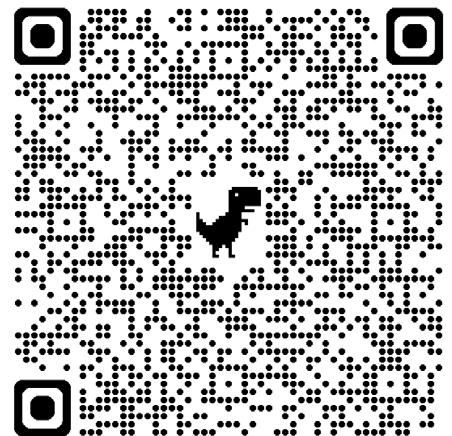
Mathieson noted that when she first came to WashU, she was often referred to the Kathryn M. Buder Center for American Indian Studies, a center within the Brown School. However, the Buder Center has limited support for undergraduates. Student Life reached out to the Buder Center, and the Buder Center clarified that they primarily work with the graduate-student community.
SCENE
A comedic tragedy: The decline of SPB comedy
OSCAR WALDMAN CONTRIBUTING WRITER
In hallowed Graham Chapel on Sept. 17, students waited. They were there to see Margaret Cho, famous comedian and actor. This A-lister was a welcome notch in the belt for the Social Programming Board (SPB) — Cho is an Emmy-nominated personality with 274,000 Instagram followers. Most comedy fans know and love her. So why were there only 10 people in the audience?
Maybe Cho packing Graham Chapel to the brim is unrealistic, but there had to have been more WashU students interested in the show than the handful scattered amongst the front pews. In years past, the fall comedy show has had lines that wind around Mudd Field. There has to be an answer for this year’s underwhelming turnout.
SPB’s Fiscal Year 2025
“Performing Arts” budget is $311,479.02. This money goes towards heavy-hitters like Night at the Pageant (NAP) and an A-list comedy show (like Margaret Cho), but also towards a bouquet of more modest events — say, an LA-based improv group performing on campus, or a WashU Football tailgate.
According to Student Union (SU) Vice President of Finance Meris Damjanovic, the cost to host Cho was $60,000.
But even though Cho was one of SPB’s heavy-hitters, the event noticeably lacked advertising. SPB is known for marketing their comedians through “mystery” posts. In these posts, they will announce that a comedian is coming on a certain date, but will withhold the comedian’s name. This blind suspense may work in building anticipation for events like WILD, but based on the comedy event’s attendance, it’s not a one-size-fits-all model.
But this mystery mode of marketing is often the only
way SPB can market events.
“If we’re bringing talent and we don’t have a signed contract, we can’t do anything. The most we can do is be like, ‘Hey, there is an event, and it’s in this vein, this style, but we can’t say who it is,” said Abby Sode, who was SPB President at the time of this interview.
Comedians, and arguably musical acts as well, are known to feed off a crowd’s energy.
At the show, Cho’s opener did a set that was significantly longer than a typical opener’s, meaning less time for the headliner Cho — perhaps a reaction to the atypical crowd, and an adaptation to a smaller audience. While higher attendance may be ideal for the comedian, SPB emphasized that they are more concerned with ensuring a positive experience for students in the crowd.
“Attendance is less of the priority. I think the utmost thing is that the people who do show up enjoy themselves, and they have a good time,” Sode said.
While Cho’s opener was doing his set, someone from their backstage crew came out to take pictures of the sparse crowd, snickering. However, Cho herself was kind and cordial to the skeleton of an audience, performed well, and exemplified her professionalism and experience.
A scant audience was not always the case for comedy at WashU. The SPB office is lined with photos of Melissa Villaseñor and other SNL stars who have packed the Chapel within the last few years. They are joined by images of comedians who performed a decade ago — a range of humor from Eric Andre to Pete Davidson. Funny guests are a timehonored tradition. But will shrinking crowds spell an end to the countless WashU laughs?
SPB Comedians Chair Yugesh Muralidhar emphasized the successes of other comedy events this semester.
“This semester, we had
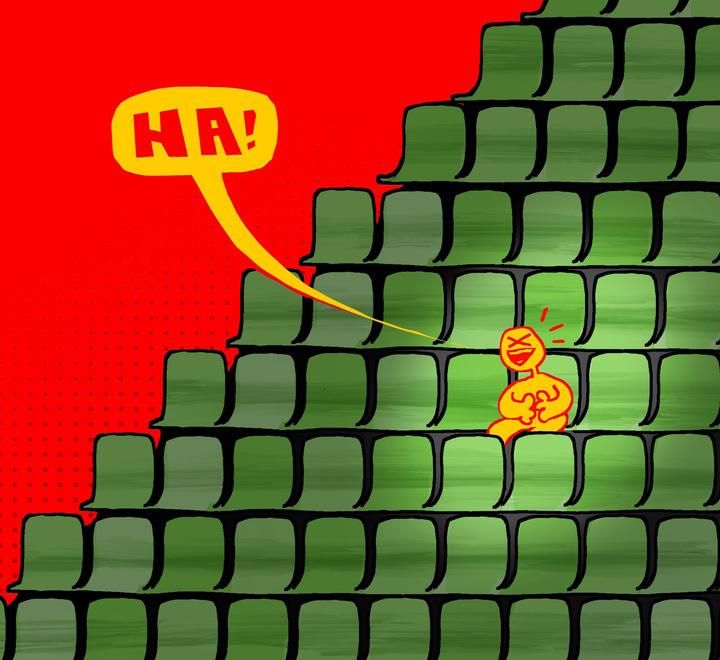
“It’s
Margaret Cho — [a] big fall comedy show — but we also are having smaller comedy shows,” Muralidhar said.
“Writer’s Block,” an LA-based improvisational comedy group, performed in Room 458 at Louderman Hall on Nov. 14 for the cost of $5,100, per Damjanovic. There were 61 people in attendance: over six times as many as Cho’s event. A clear imbalance between fame and crowd size.
While SPB doesn’t yet have a definitive answer as to why there are disparities in turnout, Sode hypothesized that it had something to do with life immediately post-pandemic.
“We were the first postCOVID class. It was our first year of college, so everyone was very excited about doing all of the things. [But] it’s on
“Attendance is less of the priority. I think the utmost thing is that the people who do show up enjoy themselves, and they have a good time.”
VOLUME 146, NO. 14


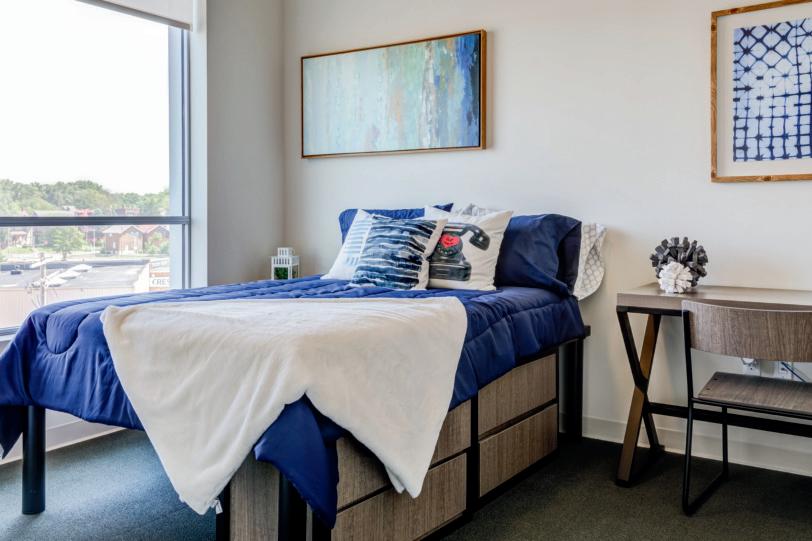


Dear Scene,
My roommates consistently leave the dishes in the sink instead of washing them. Everyone is upset, but no one talks about the problem. It doesn’t feel like a big enough problem to make a fight out of it, but there are still some tense situations.
- Dutiful Dishwasher
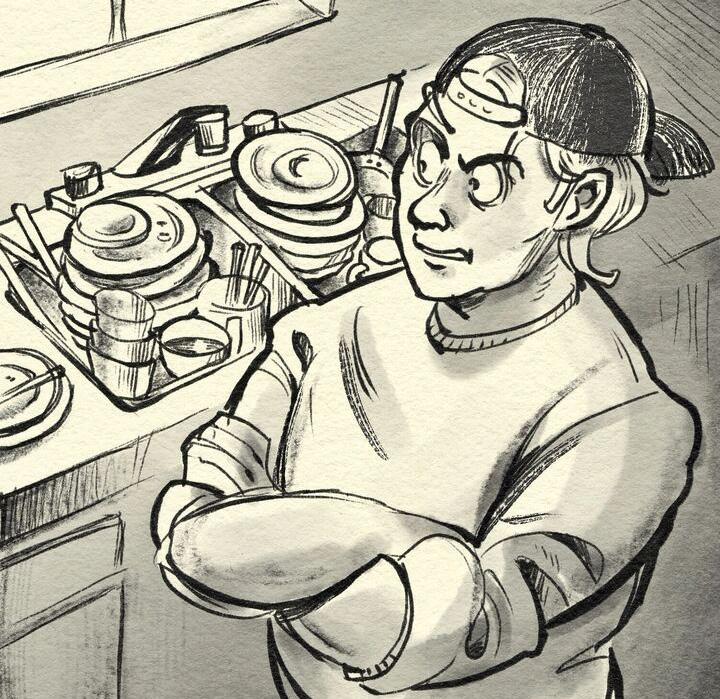
Dear Dutiful Dishwasher,
There’s rarely a conversation with roommates about doing the dishes that doesn’t end up looking like the Spiderman meme, with everyone pointing fingers at each other.
“Whose bowl has been sitting in the sink?” you ask.
“Not mine,” replies each and every person who lives there.
It’s a tale as old as time. At some point or another, we are all the guilty party who left the bowl, not wanting to take the blame for fear of always being held responsible for the growing pile of dirty dishes and silverware in the kitchen. And
“The
you’re right, one bowl isn’t enough to pick a fight over.
However, small roommate tensions that go unaddressed tend to escalate. It’s better to address them sooner than wait for the final straw, otherwise you end up having a disproportionate reaction to a small problem.
Luckily for you, Dutiful, now is the perfect opportunity to speak up and change pace.
Without leaning too hard on clichés, it’s true that the new year can be a time to change habits and set new standards. Spring semester operates similarly. You’ve had over a month off from your roommates, there are no dishes in the sink yet (I hope), and nobody is feeling too overwhelmed by their classes. Now
is the perfect time to casually bring up the dishes, or whatever other habits plagued you last semester.
What’s important here is to stay away from being accusatory. It’s likely that you, too, had behaviors that your fellow apartment dwellers found less than ideal, so soften the conversation with communal language. Keeping an apartment clean is a group effort, so talk about it as such. Once these standards have been established, if they aren’t being met later on in the semester, your conversation can become more direct. But since it is early, err on the side of assuming the best in your roommates’ capabilities.
This is not to say you shouldn’t be blunt about these
issues; just be mindful of your delivery. Perhaps while washing a dish, so that your comment doesn’t feel out of left field, say something like:
“During finals, I found it stressful that the dishes kept piling up. Obviously that’s a busy time, but I think we should try to be more on top of them this semester.”
Or, you could instead offer a new system, like trading off who unloads the dishwasher and who cleans the stovetop. Suggesting a chore calendar or a set time each week where you all get together to tidy up might be your solution to the kitchen fiasco.
These conversations are not restricted to things like dishes. The same ideas can be applied
to other apartment habits, or even social dynamics. Were you continually feeling left out by two of your friends last semester? Make plans early on with both of them, setting a precedent of hanging out as a group. Talk about your schedules for the week and see where you overlap — maybe suggest a standing weekly lunch plan.
“New Year, new me” rhetoric is oftentimes overrated and ineffective. But the new semester, fresh off of time apart, offers a great opportunity to get into new rhythms, establish new norms, and have the conversations that you can reference if things don’t get better later on. That way, even if you blow up over a fork in
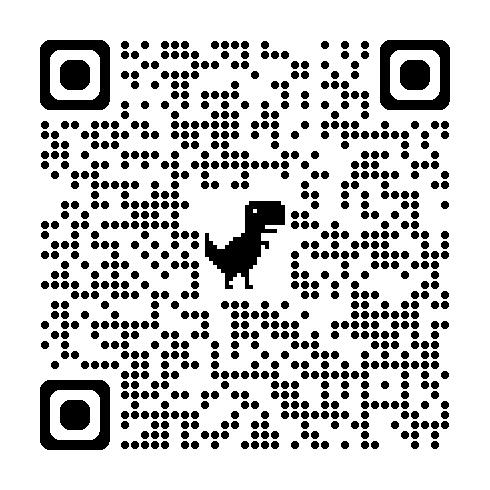
Queer Experience” opens for a second year at the Steinberg Gallery
ELIZABETH GRIEVE SENIOR SCENE EDITOR
In the fall of 2023, junior Sophie Lin, along with juniors Chethan Chandra and Aspen Schisler, curated a collection of student artwork reflecting experiences of queer students at WashU. “I did this art show last year and people seemed really into it and I would really love to bring it back,” Lin recalled telling staff at the Center for Diversity and Inclusion (CDI).
Lin and the CDI partnered with the Sam Fox School this January to bring back the exhibit on a larger scale in the Steinberg Gallery. This year’s theme is “Intersections of Us,” and the exhibit will house many different types of art from students across WashU’s schools.
The idea for Lin’s gallery was prompted by another art
show, “The Little Things”, in the Gephardt Institute during the spring of 2023. Lin submitted some of their poetry to the art show and was inspired by all of the student-made art on display. Seeing the display made Lin consider their own WashU community and the possibility of an event like this one.
“This is so cool. We should do an art show but specifically for queer WashU students,” Lin and their cocurators thought. “I thought it would be really, really cool for it to be an actual space with the word ‘gallery’ in the name,” they added.
They “wanted to see pieces that followed the theme” of “Intersections of Us” and “relate[d] to some aspect of queer experience,” but Lin and a faculty review committee embraced the open-endedness of the theme.
“I think it’s more powerful to have a varying range,
like some people chose to focus on relationships and love and sex and some people chose to focus on family. Some people chose to focus on gender identity,” Lin said, expressing their admiration for all of the students’ artwork that will be displayed this year.
Lin made sure to encourage first-time artists and non-Sam Fox students to submit artwork as well, specifying that they tried to recruit students from every school. In addition to the diversity of the artists represented, the exhibit will feature a wide variety of different art pieces, all melded together into a cohesive yet diverse and multisensory experience. It includes traditional oil paintings, sculptures, ceramics, textiles, poetry, and zines.
“I just felt kind of overwhelmed, honestly, that people had put so much work into all of this art”,

Lin said.
Lin’s motivation is twofold — both empowering first-time artists and drawing attention to queer culture on campus.
“It’s important to have a space of community and expression for LGBTQ students here so that there’s this space that people can come together and share it,” they said.
“The Queer Experience” exhibit is especially relevant to Lin and other queer students because, as they put it,
“[with] the political climate in Missouri and also this year being an election cycle, I think it’s at the top of our minds.” They hope that the artists’ and organizers’ hard work will help to build an “overall sense of solidarity among WashU students.”
This year, the exhibit’s opening reception features several speakers and live readings of some of the written works in the exhibit.
The opening reception is Thursday, Jan. 16 at 5 p.m., and is open to all WashU
students as well as other community members. The exhibit will remain open in the Steinberg Gallery until Monday, Jan. 20, and is free to all. As for Lin, they hope that the exhibit will start to become an annual event for all on campus.
“Queerness is something that should be celebrated and should be something to be appreciated whether or not you belong to the LGBT community,” they said.
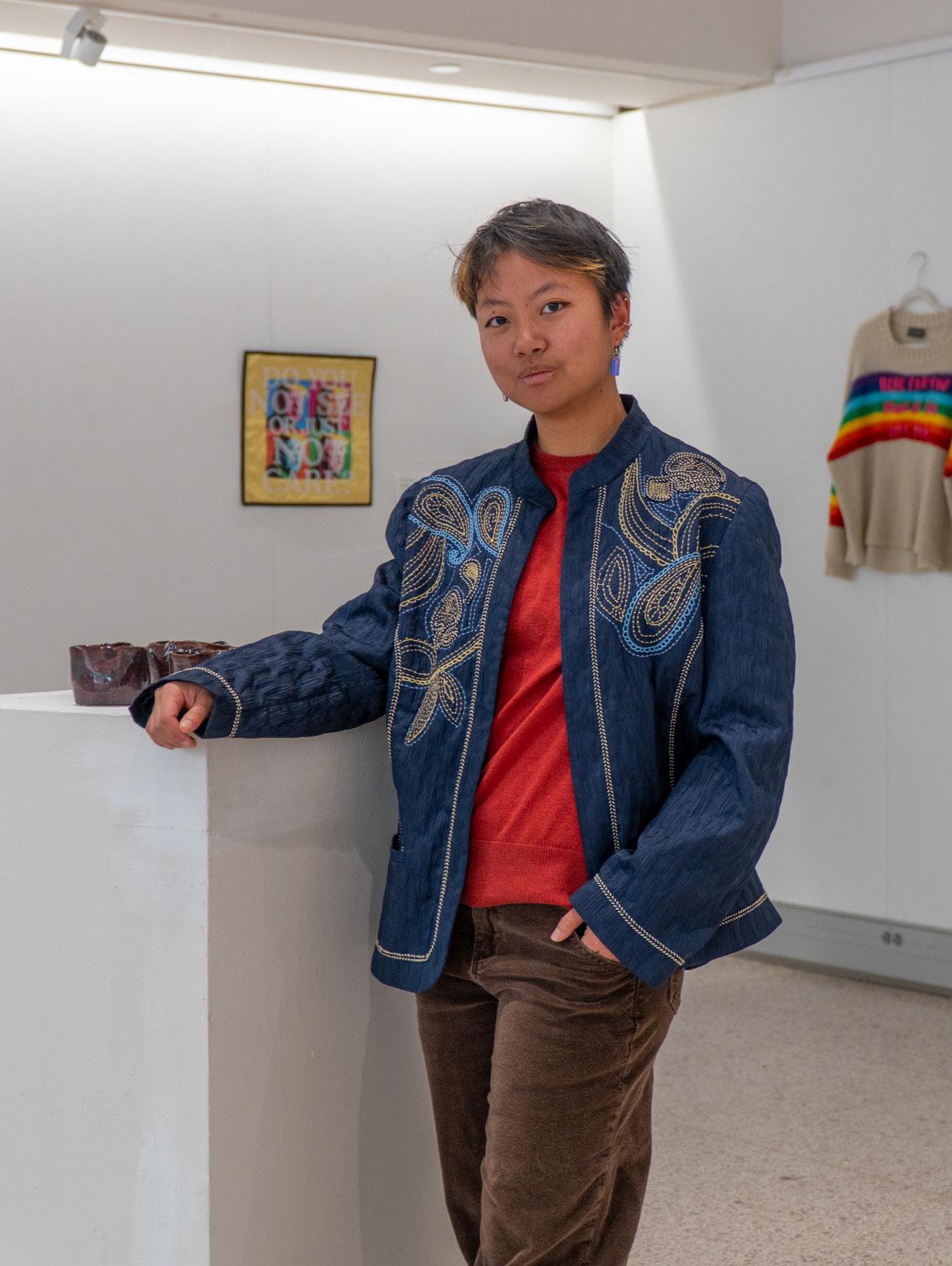
Rings of Power: How metal bands symbolize strength,
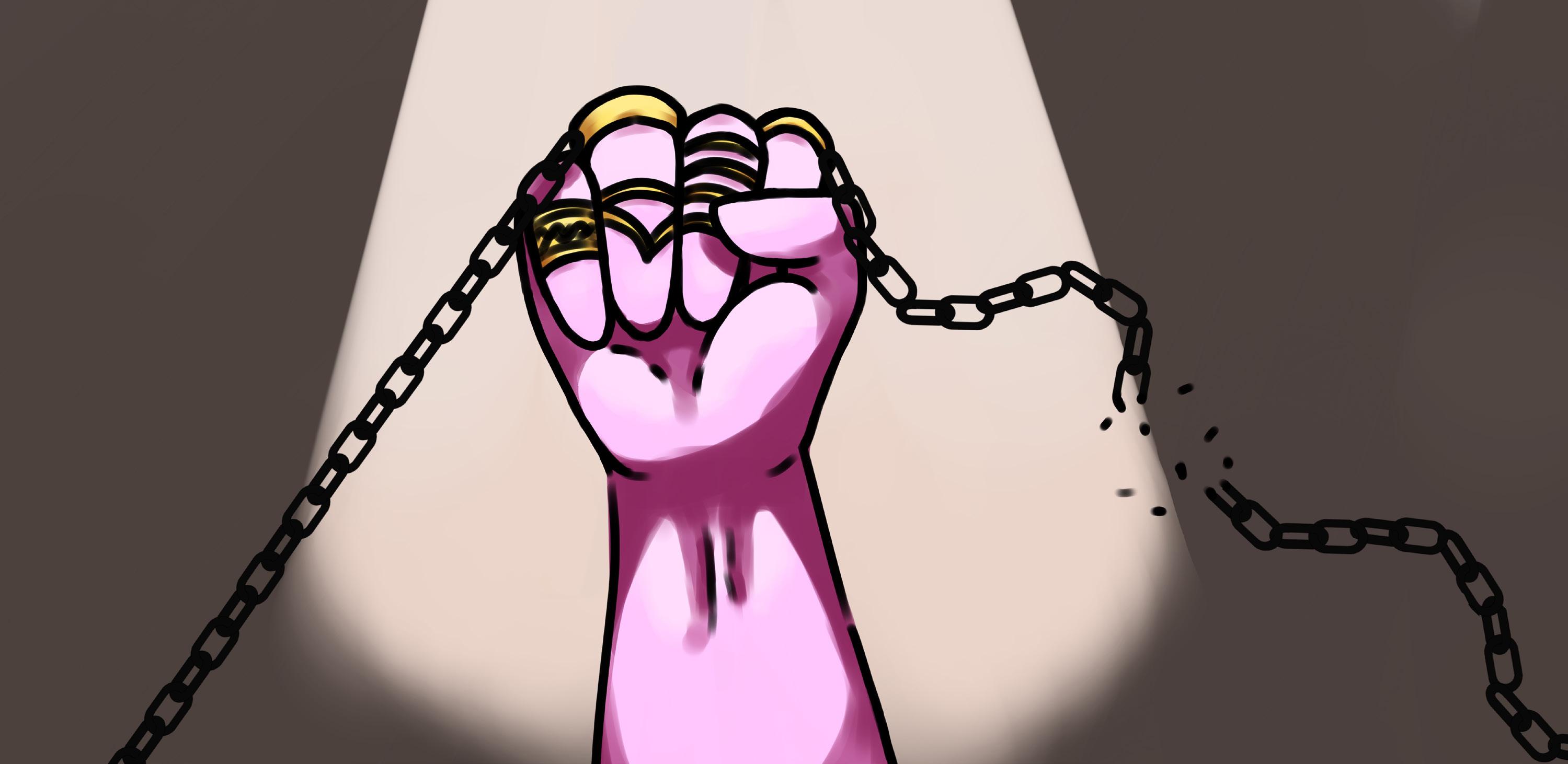
pulling out her phone.
The squeal “Let me see, let me see!” erupted from the doorstep before the bride-to-be had even opened the heavy-set door. A gaggle of 20-something girls pounced eagerly on a bony French-manicured hand. There, glistening on her left hand, fourth finger, was the
engagement ring. Not just any ring — a 3.2-carat emerald-cut diamond, sourced from the world-renowned Argyle Diamond Mine in Australia, graded D, a 3.0 on the GIA scale, set in a custom-made white-gold band, channel-set with 48 pave diamonds, each cut to exacting standards. “Restroom,” one mousy-haired girl choked as she clicked away from the squealing mob, already
PUZZLE PUZZLE Mania
Leaning heavily against the door frame, she determined this 3.2-carat monstrosity landed at a modest $48,750. After washing her tearstreaked face, our young heroine plunged into the frenzy, sliding her left hand easily into her back pocket — the rock on her own engagement ring was small enough that it wouldn’t get caught.
The experience shared by this young girl and the other 12 or so women waiting outside the bathroom to perform the same pricesearch is not unprecedented. Indeed, while rings have long symbolized personal strength, self-expression, and love, these symbols of love have increasingly been overshadowed by their stature as status symbols, distorting their original meaning.
Rings have long served as symbols of power, providing their wearer an additional layer of armor. While I do not know if this capability is solely reserved for rings — after all, the right pair of earrings can feel pretty damn empowering — it’s certainly a notable strength. I am continually puzzled when my friends pair sweatpants or athleisure with five or more rings. It always struck me as terribly



What I have come to realize is that clothing and jewelry are not mutually exclusive. As the seasonal depression begins to creep in, I’ve come to understand that it’s about what makes you feel strong — what you need to wear to get through these dark and dreary months.
Isabella Giordano, a social media personality well-known for her accessorized lifestyle, embodies this idea. She routinely encourages her viewers to “get stacked” with her, while she adorns herself with roughly eight necklaces, 12 bracelets per arm, and two rings per finger. For Isabella, who suffers from a chronic autoimmune illness, wearing jewelry goes beyond mere decoration. She explains, “I’m really sick, and [wearing jewelry] makes me feel so powerful every single day. When I put all my jewelry on, it’s armor — it makes me feel better.”
Now, as the founder of The Sick and Stacked Society, Giordano is a sparkling (quite literally) example of the strength that jewelry — especially rings — can represent.
In a similar vein, researchers in Japan conducted a study to see if wearing rings could improve behavioral and psychological symptoms in
female dementia patients. The researchers focused on how wearing rings could reinforce patients’ sense of attractiveness, fostering internal validation. The rings also prompted positive compliments from caregivers, further enhancing patients’ selfesteem. The results were overwhelmingly positive, underscoring the important
logos were forbidden, and only gray was permitted — personality was, well, nonexistent. The only thing not regulated was jewelry. No nose rings, sure. Besides that, you had your pick of the metallic mecca.
In many restrictive environments like my all-girls school — professional workplaces, the airline and
by Eros, the Greek god of love; the Egyptian belief in the “Vena Amoris” (a vein of love running from the finger to the heart); or Roman “fede” rings depicting two hands clasped in love, a circular ring has symbolized eternal love since its inception. While the ring’s shape and materials have evolved — such as the 17th-century Irish clad-
by social pressures and expectations — the weight and size of the ring perhaps being the heaviest of them all. The once-symbolic gesture of presenting an engagement ring has been distorted by social media and the obsessive comparison culture that permeates the minds of current millennials and new generations. In many
“Beyond serving as powerful symbols, rings also inspire creativity and foster personal expression.”
role played by these “rings of power.”
Beyond serving as powerful symbols, rings also inspire creativity and foster personal expression. This is hardly a new concept: One of the earliest birthplaces of rings, Ancient Greece, celebrated decoration, with its citizens failing to rest until their extremities were fully dressed in gold and silver. In stark contrast to Ancient Greece, I attended an all-girls school in middle school with a strict dress code: Skirts had to stay below the knee, shoulders were to remain covered,
hospitality industry, and the military — rings offer a rare opportunity to infuse creativity and personality into one’s appearance. Not to mention that rings have evolved, breaking their typical norms: You’ll now find pinky rings, intricate ring stacks, signet rings, and the occasional toe ring (although, I must admit, I don’t know if I can support that choice).
While rings have made their way south to toes, one placement remains the most symbolic — the fourth finger of the left hand, after which it is named. Whether inspired
dagh ring with its heart, crown, and hands, or the introduction of diamonds during the Renaissance — its meaning has remained unchanged. From engagement rings to promise rings, these small circles represent a bond between two people. They also serve as powerful reminders of fidelity, loyalty, and the deep familial connections and heritage passed down through generations. Unfortunately, however, all that glistens isn’t gold. While rings do serve as symbols of love and devotion, the fourth finger on the left is now burdened
ways, an engagement ring has become transactional:
The newly adorned brideto-be dashes away from her fiance’s outstretched arms in search of her phone. Snap-snap. There it is, plastered all over Instagram.
As a result of the social pressures to snatch the biggest diamond, many individuals feel that they must spend the equivalent of six months’ salary on an engagement ring. In the reality TV show “Selling Sunset,” one gentleman, Romain Bonnet, identified an economic solution: He bought his fiancee, Mary, a moissanite ring.
Moissanite is a laboratorygrown mineral that mirrors mine-derived diamonds at a fraction of the price. As demonstrated by a hateful colleague, Davina Potratz, this practical and rational choice does not fool the hawks whose freshly manicured nails are ready to scratch.
No other piece of jewelry seems to invite comparison in the same way. Sure, you may think so-and-so has a nicer necklace than you, but it doesn’t lead to questions about your own social standing. The difference lies in the cultural significance of rings, their visibility, the perceived status they confer, and most significantly, their role in the social media spotlight. Since the time of the Greeks, Egyptians, and Romans, rings have symbolized power, creativity, and eternal love. However, the rise of social media has distorted this symbol of love, turning engagement rings into tools of status. This shift should serve as a wake-up call to our generation, urging us to reconnect with the historical significance of rings and recognize the harmful cycle they’ve fallen into. Without awareness and change, this torturing cycle, much like the ring itself, will be eternal.
How the podcast “Unapologetic” gives me hope in a time of division
Listen — I’m a Jewish, Islamic, and Middle Eastern Studies major, and I’d be lying if I told you that our campus climate has consistently fostered comfortable, informed areas for dialogue about Israel and Palestine.
“We’re American,” my mother of LebaneseColombian heritage assured me as I told her that, for the first time in my life, being Lebanese felt uncomfortable (to be honest, it hadn’t really
the case until I had to listen to something for my class called “Arabs in Israel,” taught by Professor Ayala Hendin. My classmates and I listened to the podcast “Unapologetic: The Third Narrative,” hosted by Amira Mohammed and Ibrahim Abu Ahmad, two Palestinian citizens of Israel.
That’s right, these two are part of the around 20% of Israeli citizens with Arab (non-Jewish) background.
The Arabs within Israel became citizens either by
were dwarfed by the threat of being fired, arrested, or accused of treason or terrorism. So, Amira and Ibrahim started a podcast featuring their third narrative, one that challenges the dichotomous definitions we’re so used to hearing. On the show, they explore their complex identities and host a range of guests — Jews, Arabs, Gazans, and Israelis. Every episode ends with an affirmation: “All of us, Israelis and Palestinians, Arabs and Jews, all of us deserve better.”
“Every episode ends with an affirmation: ‘All of us, Israelis and Palestinians, Arabs and Jews, all of us deserve better.’”
felt relevant to my social life until last year).
“Stop posting on social media and drawing attention — you wouldn’t want to close off any opportunities for yourself,” my dad chimed in. For a while, I complied with this. After all, it felt like whatever I said would have me slapped with one of two labels: a pro-Palestine antisemite (“She posted herself in a keffiyeh…”) or a pro-Israel traitor (“Have you seen her Zionist friends??”).
Condemned to this binary, I felt hopeless. There was no room for someone who was both pro-Israeli and pro-Palestinian — populism was all the rage. Every action and conversation established an “us” and “them,” or a perceived elite. At least, I felt this was
remaining after the 1948 declaration of the State of Israel (’48 Arabs, like Ibrahim) or elected to be citizens after the 1967 border expansion to the Golan Heights, and in rare cases East Jerusalem (’67 Arabs, like Amira).
As detailed in their podcast, Amira and Ibrahim found themselves in a difficult place after the Oct. 7 attacks, in which all Israelis were targeted, whether they were Jewish or Arab. Despite this, anti-Arab sentiments rose, as some Jewish Israelis wondered if Arab citizens could pose a threat to their safety or to national security. In a time of confusion and fear, any statement, post, or stance came under extreme scrutiny. This led many Arabs to be silent, as the benefits of speaking out
Now this isn’t to say that they get on the mic and sing “Kumbaya.” On the contrary, Amira and Ibrahim are willing to agree and disagree with each other, their guests, and their listeners. They stand proudly in the midst of the Israeli government’s crackdowns on freedom of speech, like the detaining of Arab Israelis for questioning or their sanctions on Haaretz, the longest running newspaper in Israel, for hosting a diverse array of views. By speaking out, they ensure that an independent narrative continues to be dispersed.
As Israelis, Amira and Ibrahim acknowledge their privilege. They tell listeners all about the discrimination they face as Arabs living in the “Jewish
and democratic” state, but how in Gaza, the West Bank, or Egypt, they would be attacked for their political views. The Palestinians living in these areas face incredible hardships and don’t have the same safety and freedom of expression that they do.
Mirroring the language of “Unapologetic,” I want to say that all of us WashU students, Jews and Arabs, Palestinians and Israelis, Christians and Muslims — whoever — we all deserve better. When we separate
into groups (especially those conducted unofficially on Instagram) that force us into the binary, we lose so much nuance. If we were to amplify Arab-Israeli voices by sharing podcasts like “Unapologetic,” we would help increase understanding of this population and combat negative stereotypes. To find something relatable in these voices would make it hard for Israelis, and the international community at large, to demonize an entire population. It is up to us, as academics, students,
and intellectuals, to challenge ourselves — take a one-credit Dialogues across Differences course, be a radical listener to a diverse array of speakers, take classes where you may be the only voice that differs from your classmates, and speak out in instances of hatred on campus. We owe it to Amira and Ibrahim — to everyone affected by recent tragedies — to be unapologetic and authentic to ourselves and to converse meaningfully with each other.

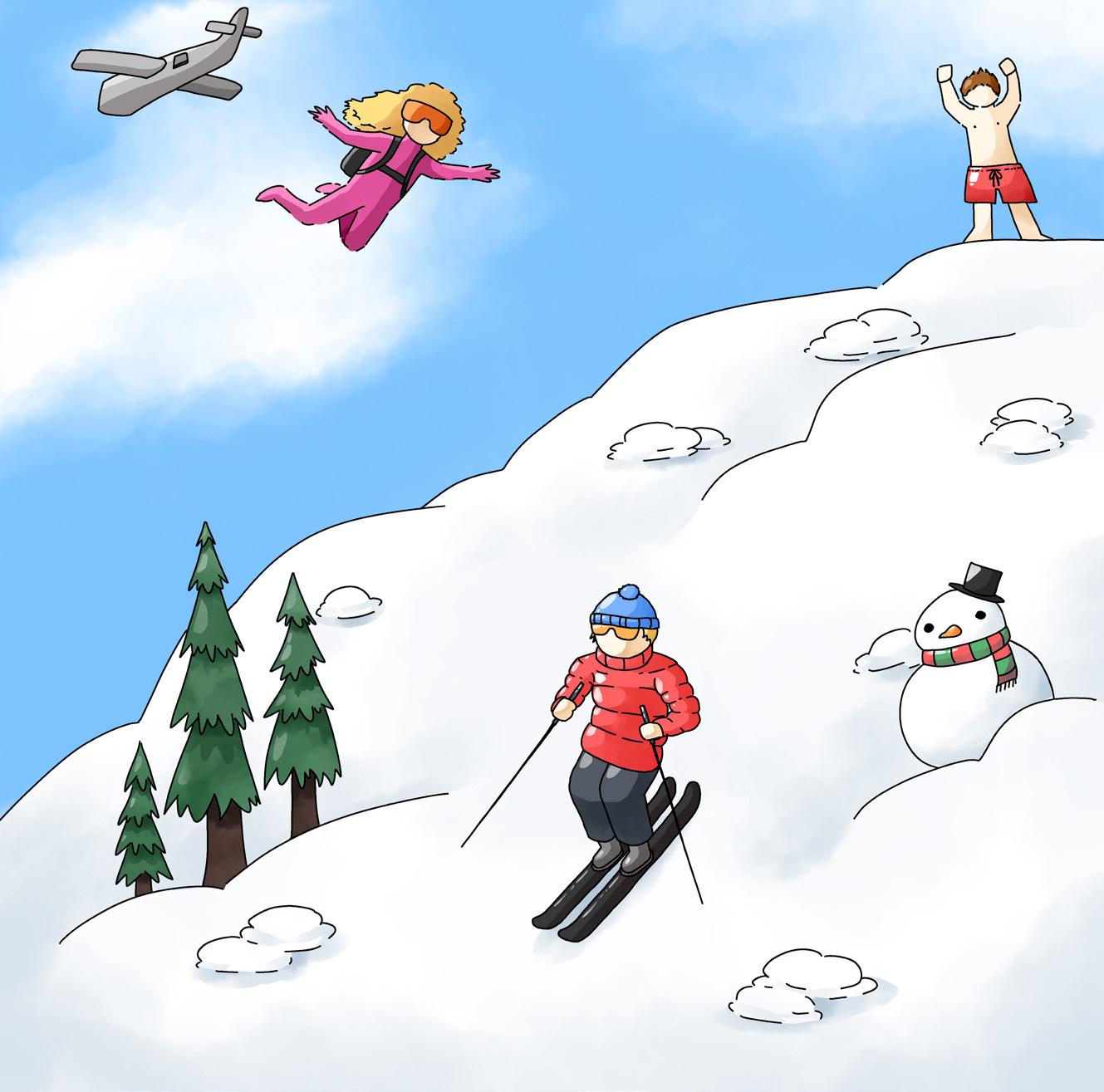
ERICA SHI | STAFF ILLUSTRATOR
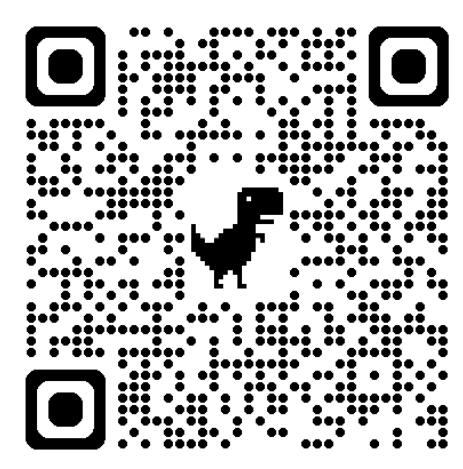
SPORTS
Fighting illnesses, No. 11 men’s basketball falls to UChicago
The No. 11 WashU
men’s basketball fell to The University of Chicago 66-71 in the Bears’ first University Athletic Association (UAA) game of the season. With the loss, the Bears are now 10-2 this season.
During Winter Break, WashU ended their ninegame winning streak against then No. 9 Illinois Wesleyan University, losing 68-84 on Dec. 19. The loss dropped the Bears’ ranking from No. 2 to No. 5. However, they fought hard on Jan. 4, beating Wabash College in Indiana 68-60. WashU hoped to bring back the winning streak, but sickness befell the team prior to their matchup against the Chicago Maroons.
The Bears were scheduled to play the Maroons in the Field House on Saturday, Jan. 11; however, with most of the team suffering from food poisoning, the game was postponed to the next day.
“We probably had about five healthy guys, if we were to play on Saturday,” senior Drake Kindsvater said.
After a day of rest and receiving IVs, the Bears were ready to hit the court. Due to the team’s health, coach Pat Juckem approached the game a bit differently, subbing players more frequently.
“I’m really proud of our guys … We were not healthy at all, but we’d make no excuses,” Juckem said. “I think today just revealed a lot about our team and its character… and we’ll be stronger because of it.”
After going down 10-0 in the first few minutes, sophomore Jake Davis put the Bears on the board with a free throw. Within the first five minutes of the game, Juckem had called two timeouts to reaffirm fundamentals.
“We began sluggishly,” Juckem said. “[The timeouts] were really just to settle and … to take a breath.”
Despite initially being down by double digits, WashU closed the score difference by five a few times — the smallest difference of the first half.
“We knew that [UChicago] was a team that crashed the glass pretty hard, and to see the start of the game go [the way that it did] was definitely pretty frustrating,” Kindsvater said.
Despite leading in rebounds, the Bears were down 28-24 at the half and had
missed all nine of their threepoint shots.
“We were in really good shape at halftime, down six, and we felt pretty good about our position,” Juckem said.
During halftime, bench captains junior Yogi Oliff and senior Kyle Beedon suggested three ways the Bears could improve during the second half, such as finishing plays, getting Chicago off the glass, and strengthening the offense.
“We talked about moving the ball … and swinging the ball several times to get the defense out of position so we can attack it better,” Kindsvater said.
Entering the second half, the Bears looked refreshed and more cohesive. Despite ultimately losing, WashU had more points (38-37), especially fastbreak points (15-12); more defensive rebounds (9-8); and a higher three-point percentage (57.15-50.0%).
“Especially against a very good team, the margin for error is quite small,” Juckem said. “Had we been in full health, that’s all hypothetical. You play as you are.”
Sickness or no sickness, in 31 minutes, Kindsvater had 23 points, a new season high. Kindsvater attributes part of his success to his ability to attack the basket and get fouled by his slower opponents.
“I know I’m a little bit quicker than some of those guys, so I just wanted to attack them and make them try to foul me, and it worked out pretty well,” Kindsvater said.
WashU will continue UAA play in St. Louis against Case Western Reserve University and No. 24 Carnegie Mellon University on Jan. 17 and 19.
Before next week’s matchup, the healthy Bears squad hopes to focus on transitions and attack defenses early.
“A big focus for [the upcoming] two games is getting the ball up and transition[s] … our offense is the best whenever we’re attacking early and the defense isn’t set,” Kindsvater said. “I can already tell [that] Juckem is going to be talking about finishing plays … and rebounding and being physical.”
No. 13 women’s basketball defeats UChicago to kick off UAA play
all-in and will do anything for anybody on the team.”
The No. 13 WashU women’s basketball team opened conference play with a dominant victory 72-45 over No. 24 The University of Chicago. The win marked the start of WashU’s University Athletic Association (UAA) 14 campaign.
“It was a great win opening the UAA,” sophomore guard Sidney Rogers said. “We knew we had to come out strong because it’s a great conference, so we had to make a statement.”
The game was the Bears’ first since returning from their Winter Break Puerto Rico trip where they went undefeated, beating both Dickinson College and Bridgewater State University. Head Coach Lisa Stone was proud of the improvement she witnessed from her team.
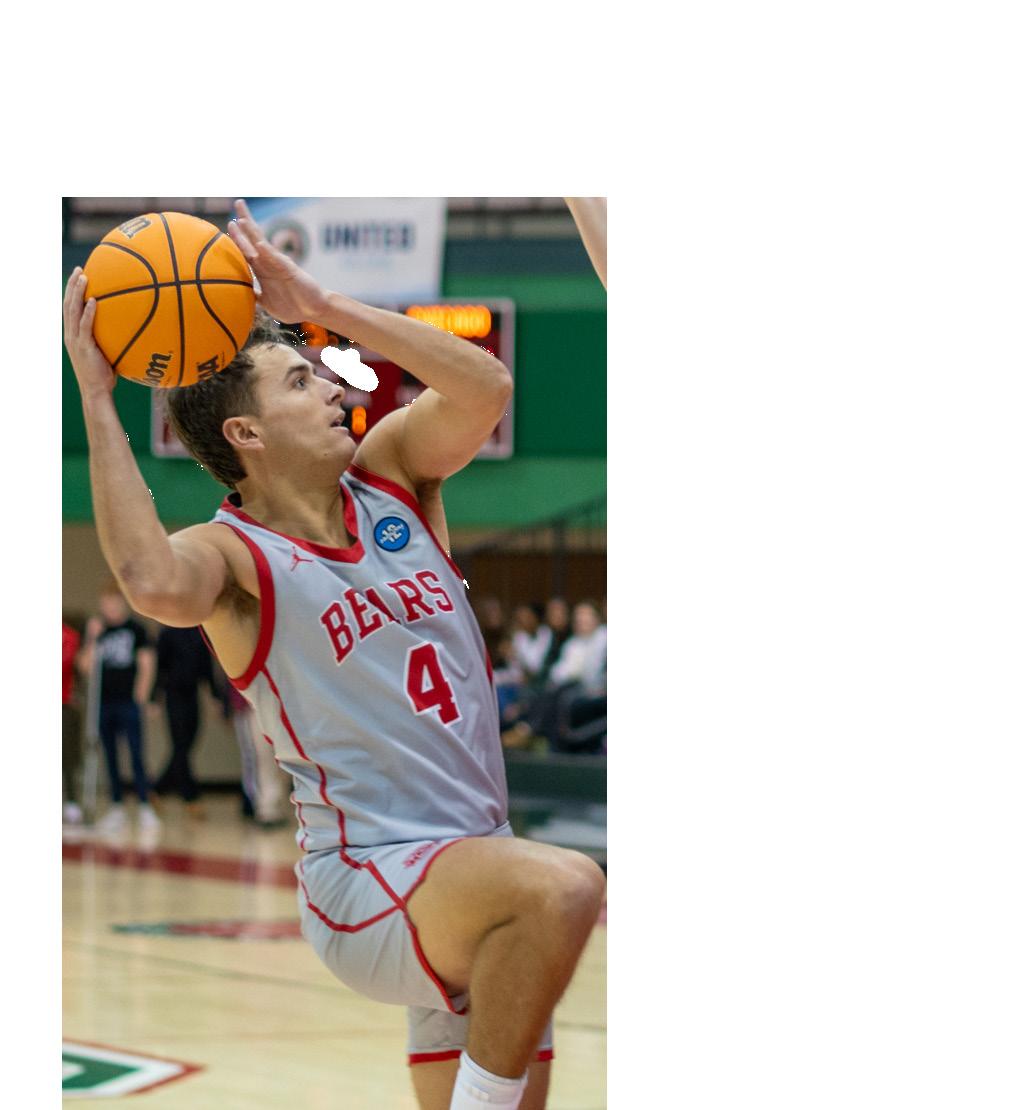
“Good
RILEY HERRON STAFF WRITER
When lifelong sports fan Jason Marquart began working in WashU’s Office for International Students and Scholars in 2005, he thought the on-campus basketball scene would not be worth watching.
But after a conversation with John Schael, WashU’s Athletic Director at the time, Marquart checked out a game during the 2005-06 season, when WashU’s men’s team
went on to win the Division III national championship.
Marquart quickly began following the Bears’ teams, and eventually began to live-tweet their games, creating a basketball-focused X account under the nickname “Hilltopper” in August 2020.
“I just started tweeting a lot of basketball stuff, and suddenly parents were following me, players were following me,” Marquart said. “You know, there’s people in the D-III community who do the same thing. And I just kind of

& OPERATED BY WASHU ALUMS
got caught up in it and haven’t stopped.”
In the world of college basketball, Division III programs are often overlooked. Most D-III athletes don’t play for national glory, future NBA careers, or to profit off of their name, image, and likeness. Yet to all those who have found a special community around Division III athletics, the D-III tier — where student-athletes are able to pursue a more well-rounded college experience than Division I athletes — stands out.
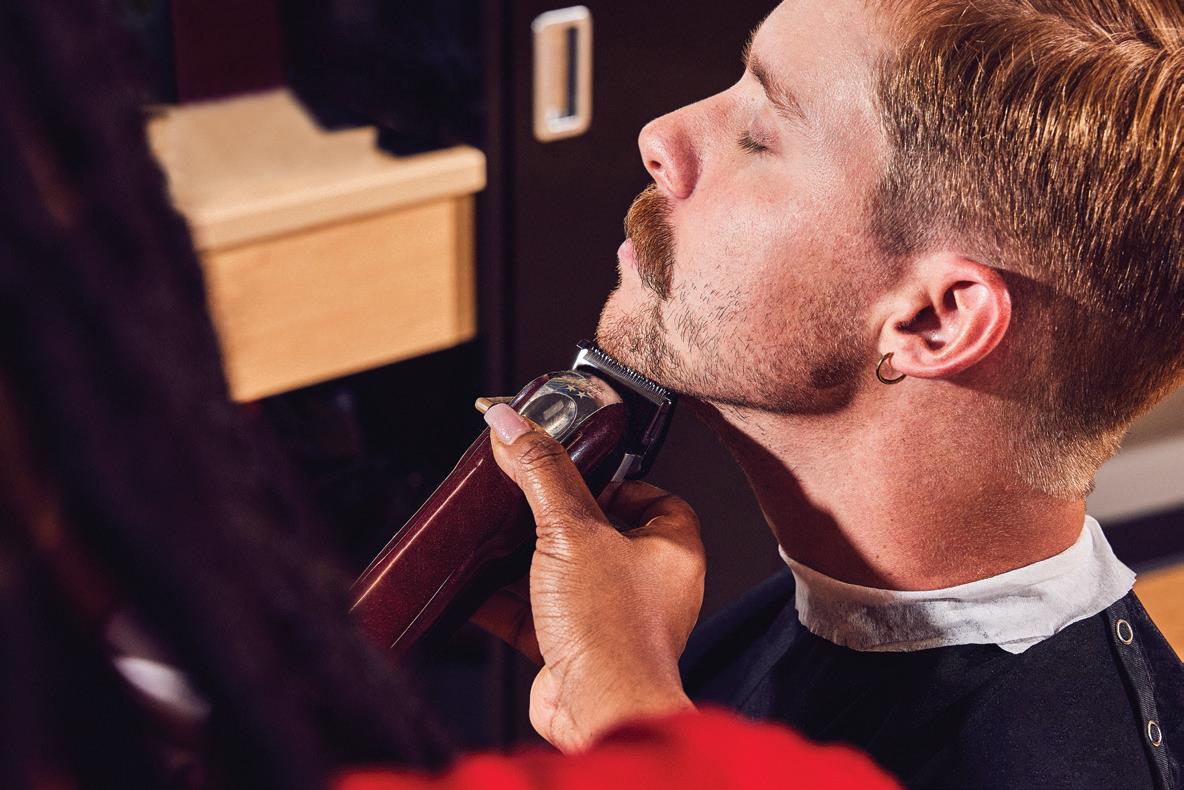
“The Puerto Rico trip helped our team bond and grow together,” she said. “I thought we really dem onstrated our unity and commitment to defense in our UAA opener.”
Following a slow start for both teams, WashU opened the second quarter with six straight points from graduate student guard Jessica Brooks. With a 29-18 lead at halftime, the Bears continued to out score UChicago, going on a 14-0 run in the fourth quarter.
Brooks led the team adding an impressive stat line with 22 points, seven rebounds, and three assists.
“She’s been here for five years, so she knows the UAA in and out, and she knows how to step up in big situa tions,” Rogers said. “I think she definitely showed today that she’s one of the best play ers in our conference.”
Stone echoed Rogers’ sen timent, adding that Brooks’ selflessness and competitive mentality have been key to the team’s success.
“She is one of the best leaders I’ve ever had in my career,” she said. “She’s
Aside from Brooks, the team relied on their talented sophomore class. Sophomore center Lexy Harris added 12 points and nine rebounds, while Rogers contributed 13 points and a season-high six rebounds. In addition, junior forward Nailah McBeth grabbed a game and seasonhigh 10 rebounds, shutting UChicago out on the boards.
Stone commented on the growing role McBeth has played this season.
“We just inserted her into the starting lineup when we were in Puerto Rico,” Stone said. “She and Lexy have played really well together.”
Stone also complimented the first-year class for their quick growth throughout the season, specifically highlighting guards Ava Blagojevich and Hope Drake, who Stone
throughout the entire season.
“All season, Coach Stone has changed our mentality on the defensive end, so this game really goes to show how much work we’ve put in on that by holding a great team to 45 points,” Rogers said. The Bears scored 16 points off turnovers and held UChicago to just 26.7% from the floor.
As the team looks ahead to a tough conference schedule, Stone is reminding her players to focus on what they can control by remaining consistent. The Bears’ work this season will be put to the test as they look ahead to facing the reigning national champions No. 1 New York University on Sunday, Feb. 2. The team will return to the Field House on Jan. 17 at 7:30 p.m. as they take on Case Western Reserve University.

“It just draws a stark contrast today between, you know, there’s some unhealthy things in big-time athletics, the purity is this level,” said Pat Juckem, head coach of WashU men’s basketball . “These are your classmates — these guys are grinding for finals, just like you guys are. But they also are putting in three-plus hours a day yearround to do what they love.” Juckem’s sentiment was echoed by Riley Zayas, a 20-year-old college student who runs “The scoop on D3
women’s hoops” and “True to the Cru.” Zayas first started covering sports at age 13 as a member of Sports Illustrated’s kid reporter program, but eventually transitioned into covering the University of Mary Hardin-Baylor and the D-III level.
“This is a really special division of college athletics,” Zayas said. “No one’s on athletic scholarships — they’re there for the passion of the game.”
Ever since the NCAA created the Division III level in 1973, the landscape surrounding D-III basketball has changed tremendously. In 1994, the creation of the d3hoops.com website provided an early stage for D-III basketball on the internet. Under the stewardship of Patrick Coleman, Gordon Mann, Dave McHugh, and Ryan Scott, the website’s message boards served as a breeding ground for
discussion, debate, and community-building among D-III fans.
Over the last decade, however, X and other social media sites have become the hub of the D-III community. Coleman’s d3hoops account has amassed nearly 50,000 followers on X, while McHugh, the host of D-III hoops talk show Hoopsville, and Bob Quillman, the host of the Q-Cast podcast, have both accrued over 10,000 followers. Ever since Quillman started covering D-III basketball in the early ‘90s as the student-manager of Illinois Wesleyan University’s campus radio station, technological advancements — including social media and live-streaming — have transformed the sport.
SEE BASKETBALL, PAGE 8
“It’s changed everything. Back 30 years ago when I was in school, you didn’t know anything about any other part of the country,” Quillman said. “... It’s made Division III basketball available to anyone that cares, and it’s just created a deeper understanding of the whole division.”
In that time, Quillman has found a tight-knit community. He interacts with D-III fans, players, and coaches online daily and has built what he describes as “real relationships” through meeting many of these people in person.
“It’s a smaller community than Division I basketball, but I’d argue that the community is every bit as passionate, if not a little more so, because everyone’s a little more closely connected to their team,” Quillman said.
Quillman travels regularly to watch his alma mater Illinois Wesleyan, and he attends the D-III Final Four and in-season tournaments like the Great Lakes Invitational almost every year. And Quillman balances the hours spent traveling,
watching games, tweeting, and recording podcasts with his full-time job at an insurance company in Texas.
“It gets a little busy. I have a great job, I love it,” he said. “... It’s like anything else: You learn to prioritize what you need to prioritize in life and then what’s left over for things like this little hobby of mine,
full families and lives, and instead of watching Division I or NBA, these guys are devoting a significant amount of time to making sure we get our little bit of publicity, which is pretty cool,” said WashU senior guard Hayden Doyle, who was a guest on Quillman’s Q-Cast in January 2024. “It’s pretty cool for us
it, but they’re always looking to move up rank. It’s a career for them,” Zayas said. “For those of us who are covering Division III, it’s more of ‘We have a passion for this,’ and that’s not going to change.”
Coverage of Division III basketball is constantly evolving. For example, Zayas identified that there was a lot
[D-III] special. I didn’t know that it was as high a level of athletics as it really is,” Zayas said. “And once I saw that, I thought [that] this would be a great way and a great book opportunity to bring some attention to [it].”
Those with a passion for D-III hoops appreciate what makes it special, and want to
“This is a really special division of college athletics,” Zayas said. “No one’s on athletic scholarships — they’re there for the passion of the game.”
which is the D-III stuff that comes with any remaining time that’s left over.”
For the players and coaches competing for championships at the Division III level, the community provides muchappreciated greater visibility for their sports.
“I think what’s cool about those guys is just their genuine passion and interest for Division III hoops. They have
when we see people interested in our games, talking about our conference and our team.”
For Zayas, one of the biggest drivers of this community is that almost no one is receiving a paycheck for their coverage of D-III basketball — most are doing it purely for their love of the game.
“I know there’s several people who have a job [covering sports], and they enjoy
of attention being shown to the men’s programs, but not enough being given to the women’s teams. As a result, Zayas started a Substack dedicated to D-III women’s basketball. He is also in the process of writing a book, hoping to continue documenting the stories behind D-III basketball and bringing it to new audiences.
“I didn’t know what made
share it with the world. Doyle recalls having a few family friends come to a game and say that they preferred the D-III game over D-I or the NBA because D-III emphasizes skill in addition to athleticism.
“Everybody can shoot, everyone’s skilled, and everyone plays hard, which I think is unique in basketball today,” Doyle said. “At the Division
III level, it’s the purest form.”
Although Marquart now works in the Office of International Services at Division I Saint Louis University (SLU), he still prefers the WashU games.. “I’ll probably go to a couple of [SLU] games, but there’s just something about pulling up five minutes before the game starts, [being] closer to the gym floor than I would be at SLU. And there’s a group of regulars that I talk to when I’m [at WashU],” Marquart said. “I’m pretty much hooked on WashU basketball.”
For those who are skeptical of the Division III level, Quillman has a simple answer, referencing a line from Emory University head coach Jason Zimmerman: “Good basketball is good basketball.”
“Come to a game. Come watch Illinois Wesleyan play WashU. And I would argue that it’s as good or better basketball than you will get on any TV channel of any D-I game during the season,” Quillman said. “If you like basketball … it’s as good as it gets.”
No. 10 men’s and No. 14 women’s swim and dive fall to Division II McKendree University, Minai and Iimi place first in IM events
LEWIS RAND CHRISTIAN KIM MANAGING
JUNIOR
The No. 10 men’s and No. 14 women’s WashU swimming and diving teams fell to Division II No. 6 men’s and No. 17 women’s McKendree University, 105 points to 187 points and 120 points to 167 points, respectively, on Jan. 11. Despite McKendree’s high D-II ranking and the Bears coming off of an intense Florida training trip, WashU combined for 31 top-three finishes, with junior Rin Iimi and sophomore Marco Minai placing first in the women’s and men’s 400-yard individual medleys. WashU also finished first in the last two events of the meet — the men’s and women’s 400-yard freestyle relays.
“Competing against really strong teams in any division helps to prepare swimmers
and divers for competitions like the UAA [University Athletic Association] and NCAA Championships,” head coach Brad Shively wrote in a statement to Student Life “This pushes you to improve your own skills and performance by challenging you to work harder, adapt new strategies, and to strengthen your own weaknesses … We’ll always choose to compete against the best teams we can.”
The meet came at the heels of WashU’s annual training trip where, according to Shively, the team worked on building team bonds while completing a demanding training schedule with multiple practices each day. The meet right after the training trip also allowed the team to practice racing while their bodies are fatigued, which, according to Minai, is crucial for preparing for championship season.
“We kind of had to come
into this meet knowing that our bodies are a little more worn-down than usual,” Minai said. “But then, despite that, we try to get up and go and just practice the art of racing because if we can practice how we execute on races … and do [that] while you’re tired and while your body isn’t in an optimal state, then later on in the season when we’re more rested and have nicer suits on, then it’ll come a lot easier.”
No. 10 WashU men’s team v. No. 6 (D-II) McKendree men’s team
Minai led the men’s team with their highest finish of the afternoon, placing first in the 400-yard Individual Medley (IM), beating McKendree’s Caden Brooks by just 0.21 seconds. He also placed second in the 200yard butterfly with a time of 1:54.06.
“As a team, we were
definitely tired from the train trip, so it’s nice getting at least one event on them, and that was the fastest I’ve been in a dual meet for a [400 IM] so I was definitely happy with that,” Minai said about the win.
IM events were a strength for the Bears, as first-year Ben Scott, senior Ryan Hillery, and first-year Allan Chu swept the top four spots in the 400 IM behind Minai. Fifth year Kyle Wolford was the Bears’ fastest finisher in backstroke events, placing third for 200-yard backstroke with a time of 1:57.10 and fourth in the 100-yard backstroke event with a time of 0:51.14.
In the distance events, senior Jeffrey Forbes led WashU, where he placed third in both the 500 and 1,000-yard freestyle. In the latter, Forbes beat McKendree’s Mason Enthoven by two seconds.
Similarly, Scott placed
third in both the 100 and 200-yard breaststroke events, narrowly beating senior Justin Rockaway in the 100yard event by 0.76 seconds.
Relays also proved to be a strength for the men’s team with the 200-yard medley relay, consisting of Wolford, Rockay, junior Ethan Feng, and fifth-year Austin Bick, placing fourth just over one second behind the third place McKendree team, with a time of 1:33.63.
Relays have been one of WashU’s biggest focuses this season as they are not guaranteed relay spots at the NCAA Championships in March and must qualify relays in each event.
Shively also credited the teams willingness to work hard and push each other for their success this season.
“I believe we have a prideful group who want to compete well for WashU,” Shively wrote. “It starts with doing the work in practice
and challenging your teammates to be their best as well. We have a solid team atmosphere but you have to constantly challenge it to strengthen it and to make us more competitive.”
No. 14 WashU women’s team v. No. 17 (D-II) McKendree women’s team
On the women’s team, Iimi, along with sophomore Peyton Watson, first-year Iris Qi, and sophomore Rachel Bello finished first in the 400-yard freestyle relay in 3:41.32.
